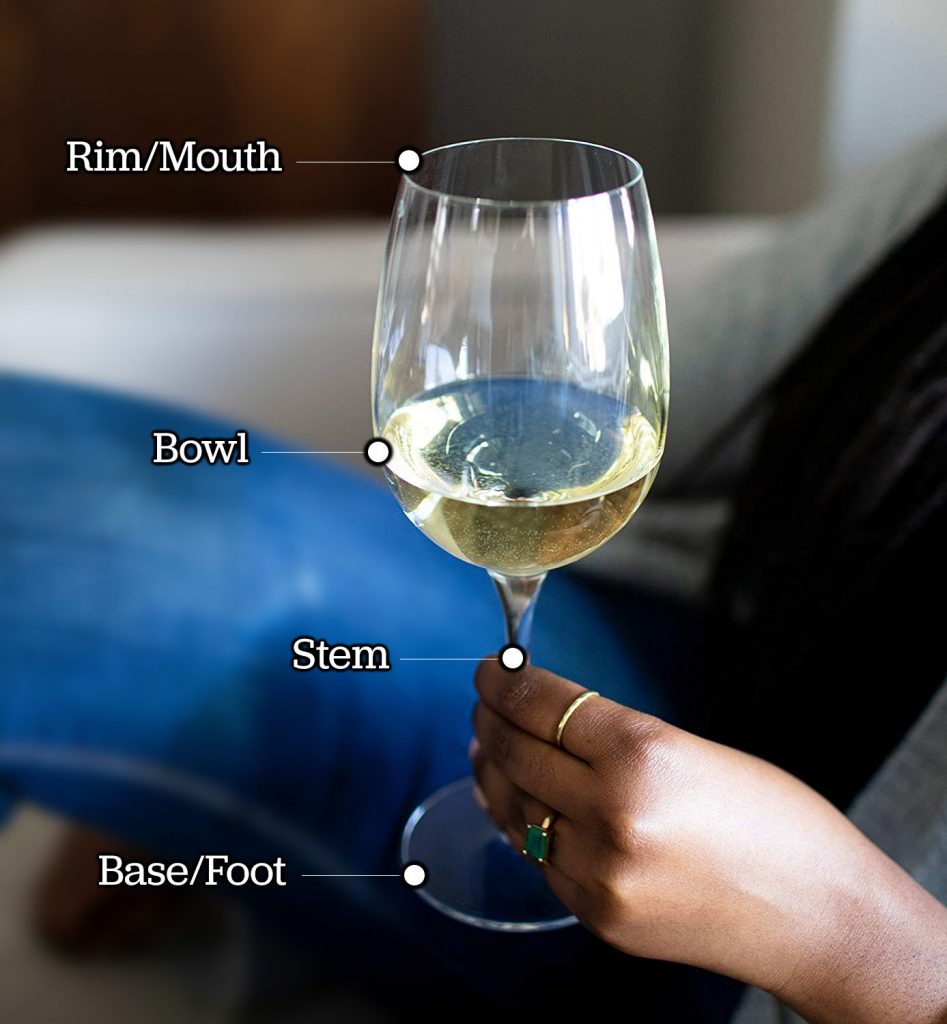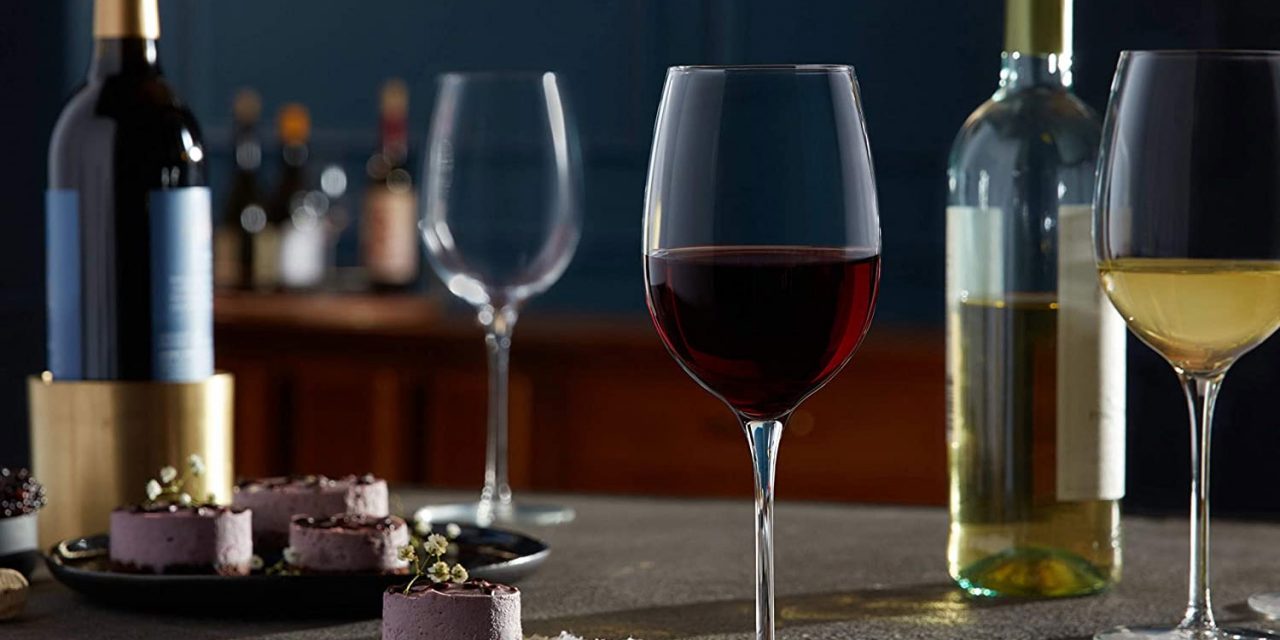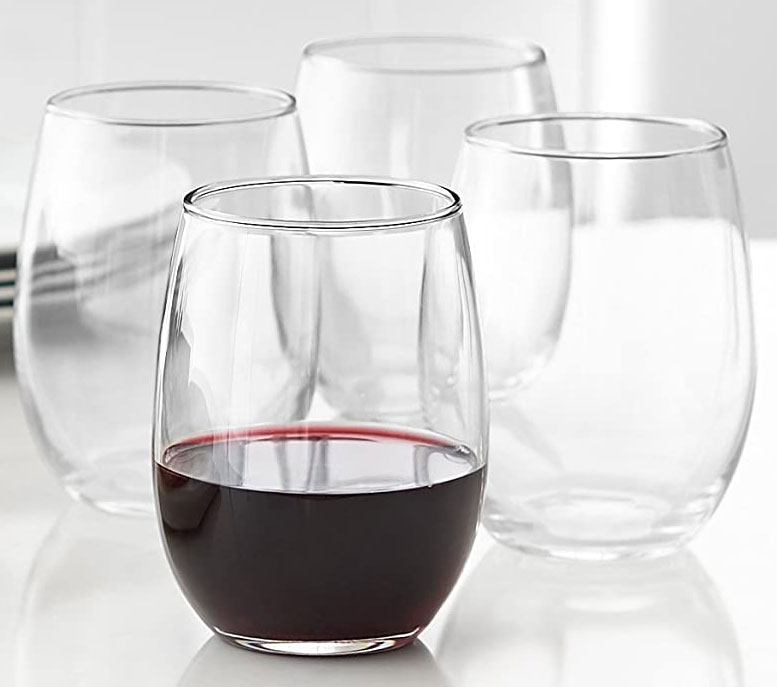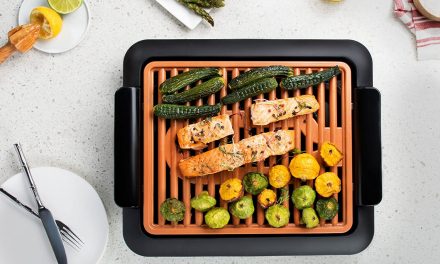Ever wondered why certain wines just taste better than others? It doesn’t always come down to the grape! Sometimes the way you drink your wine makes all the difference. Though it may not seem like it at first glance, wine glasses have a few components that affect flavor and experience. Read on to learn how that works and which types of wine glasses are most likely to help you experience your favorite wine in the best way possible.
Why choosing the right wine glass matters
Firstly, the size and shape of a wine glass bowl are what matter most because these determine how the wine is exposed to air (aerated). Some wines, particularly red wines, become more flavorful when aerated, while others can actually begin to worsen. If you’ve ever seen a sommelier swirl their wine, this was why. They were exposing more of the wine to the air to help release its flavor.
Wines that have more robust flavors, heavier tannins, or more alcohol content benefit from more air exposure, and therefore larger glass bowls. Narrower or skinnier bowls are used for more refreshing wines, such as chilled white wines.
The rim, or mouth, of the bowl affects how you smell a wine—and therefore how you taste it, too. Thin rims allow for more of the wine’s aroma to reach your nose. This is great for wines known for their fragrance. Meanwhile, a wider or flared rim helps detract from less pleasant scents, such as biting acidity or bitter tannins.

Parts of a wine glass, featuring Libbey Signature’s Kentfield Estate All-Purpose wine glasses.
Finally, stemless glassware can be a beautiful alternative to traditional, stemmed wine glasses. Wine glass stems are thin, and many prefer the less precarious sensation that comes from holding a stemless wine glass.
Stemless glasses do come with a downside, however. By holding the bowl directly, you transfer heat from your hand into the wine. This isn’t desirable for crisp and refreshing wines, especially those that are best served chilled. The stem of a traditional wine glass is there and formed the way it is for a reason: so your warm hand won’t come into close contact with the bowl.
Crystal vs. glass
Wine glasses are typically made from two types of material: traditional glass or crystal. Both have their pros and cons.
| Feature | Crystal | Glass |
|---|---|---|
| Affordability | Expensive | Typically affordable |
| Appearance | Delicate, sparkles | Standard |
| Dishwasher Safe | Sometimes | Yes |
| Durability | Fragile | Depends on glass thickness, but can be quite durable |
| Lead-Free | Sometimes (look for lead-free) | Yes |
| Thinness | Can be very thin, which is good for enjoying certain wines | Thicker |
Universal glasses work for most wine lovers

See Riedel Vinum’s riesling wine glasses, which are considered good for universal use, too.
Maybe you're no wine snob and are just looking for the best all-purpose wine glass for any kind of wine. Universal glasses attempt to offer the best of all worlds. Usually made of traditional glass, they're a little thicker than crystal and some wine glasses intended for reds, but their shape is well-suited to most wines.
Wine critic Eric Asimov recommends American-made Libbey Signature Kentfield Estate wine glasses for general use. For a slightly more upscale glass that is thinner, consider the Riedel Vinum line for rieslings.
Types of red wine glasses
Red wine glasses tend to have larger bowls and thinner and sometimes flared rims.
Cabernet Sauvignon & Merlot Glasses | |
Pinot Noir Glasses | Riedel, Luigi Bormioli, and others Notice the very large, sharply tapered bowl. |
Zinfandel Glasses | |
Rosé Glasses | Schott Zwiesel, Riedel, and others While shaped to enhance the wine's flavor, rosé wine glasses are also often shaped like a gently blooming rose to honor the wine's namesake coloring. |
Burgundy Glasses | Schott Zwiesel and others Burgundy wine glasses have some of the widest bowls among red wine glasses. |
Bordeaux Glasses | Riedel, Schott Zwiesel, and others A cross between classic Merlot and Zinfandel glasses, Bordeaux glasses fall on the narrow side for red wine glasses (like Zinfandel glasses) but still have the large bowl seen in Merlot and Cabernet glasses. Often, glassware and stemware companies sell Merlot, Cabernet, and Bordeaux glasses as one style of glass. |
Types of white wine glasses
Unlike glasses intended for red wines, white wine glasses tend to be more slender. They are also usually smaller because white wines are frequently chilled. Pouring smaller amounts at a time means you’ll never have overly warm wine.
Chardonnay Glasses | |
Pinot Grigio Glasses | Libbey Vineyard, Waterford, Stolzle, and others Very similar to Chardonnay glasses, with glass and stemware makers often selling these two wine glasses as Chardonnay / Pinot Grigio glasses. Look closely, though, and you'll often see Pinot Grigio glasses sport a slightly larger bowl. |
Sauvignon Blanc Glasses | Schott Zwiesel, Riedel, and others Sauvignon Blanc wine glasses are some of the most slender. This helps keep this wine chilled. |
Riesling Glasses | Riedel, Schott Zwiesel, Luigi Bormioli (stemless), and others Like Sauvignon Blanc glasses, Riesling glasses are very slender, though often they're a little rounder. These are generally a good all-purpose white wine glass. |
Glasses for other wines and occasions
There is technically a glass for just about every kind of wine and occasion. Champagne flutes and small glasses meant for dessert wines are the other types of glasses you’re most likely to encounter.
If you're really looking to dive deep into wine culture, consider checking out Madeline Puckette's Wine Folly and her related YouTube channel.
Champagne Flutes | Dessert/Port/Sherry Glasses |
Wine glass starter kit
Still not sure where to begin? Here’s what we’d recommend.
- If you don’t drink wine too often, get a good universal purpose wine glass, like Libbey Signature’s Kentfield Estate set.
- If you’re a huge wine lover and like trying many different kinds of wines, consider getting a good basic red wine glass and white wine glass. For reds, try Riedel’s Cabernet Sauvignon glasses. For whites, try the same brand’s Riesling glass.
- Heart set on stemless glassware? While we wouldn’t recommend it for white wines, if you really want a stemless wine glass set for reds or really any beverage, take a look at Amazon Basics’ set. They’re well-rated, and at such a low price point, you won’t feel bad if you drop and break one.
- Don’t forget accessories! Check out our article on types of wine bottle openers. Don’t miss the section on wine preservation systems.

















